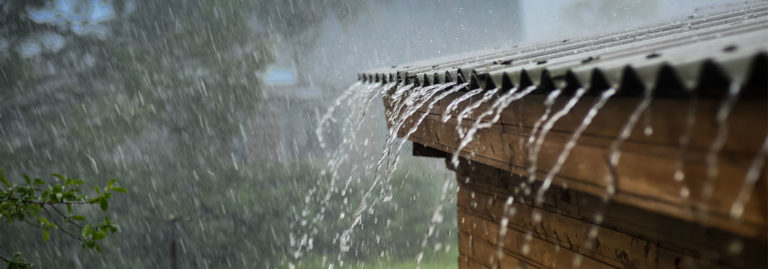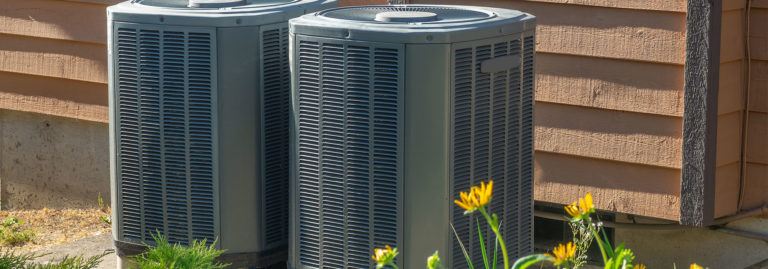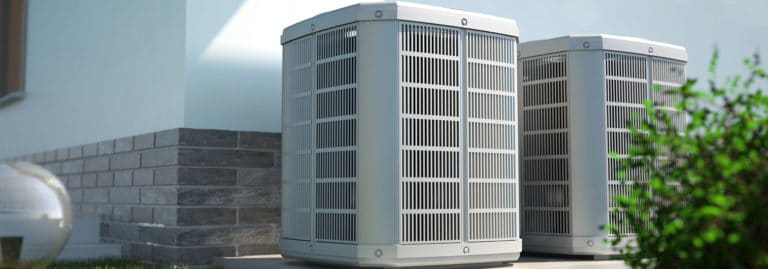Buying a New Home? 5 AC Considerations to Keep in Mind.
We know that buying a home is equal parts exciting and overwhelming. There are forms to fill out, inspections to make, and multiple parties involved. Despite all the moving parts, the devil is in the details. While the heating and cooling systems in your new home can be easy to overlook, they are paramount to your comfort. Don’t let the comfort of you and your loved ones fall short by ignoring the AC system you are inheriting.
Cooling systems can be intimidating, as there are many intricate components—but there are a few considerations you can make, even as a non-professional, to ensure that your AC system works exactly how you need them to. Our experts at Airrific Air Conditioning and Heating put together a list of 5 considerations to make about your AC system when buying your new home.
- The System’s Age and History
First thing’s first: How old is the AC system you’re inheriting? No matter how high-tech your AC system is, it is not eternal. It is recommended that air conditioners are replaced every 10 years and heating systems should be replaced every 15 years.
These serviceable lifespans can be affected by maintenance and repair history, so ask about the services that have been done before. Not only will this help you understand problem areas to look out for, but often, repairs come with a paper trail that could potentially impact your unit’s warranty.
- Past Utility Bills
Don’t be afraid to ask the seller for copies of recent energy bills. These copies will provide you with hard numbers, so you know what to expect in terms of recurring costs—and budget accordingly. Additionally, if the seller has noticed a spike in their most recent energy bills, it could be a sign that the AC needs repair or replacement.
- System Efficiency
You can’t talk about utility bills without considering the efficiency of your cooling systems—as efficiency will always impact cost. Older units will naturally be less efficient, so again, knowing the age of the system is crucial.
All cooling equipment will come with a yellow energy label. This label will list the energy efficiency of the unit as well as comparable operating costs. While this will give you a baseline, keep in mind the label is representing the unit’s efficiency at the time of installation.
- Comfort Throughout the Home
When you are moving through your new home, take notice of any hot or cold spots. These spots might not seem like a big deal, but they can be a sign that your filters are dirty, or your ducts aren’t working properly. Along the same lines, ask the seller about how well sealed the windows and doors are, as any cracks in the sealant can let cool air out.
- Ducts and Insulation Matter
While looking over the unit is important, the way the hot and cold air moves through, and stays in, your home is equally important. If you are noticing any condensation or visible gaps in your ductwork, it could be causing your AC to be overworking to little effect.
Don’t forget to ask the seller about the home’s insulation, particularly in the attic. A well-insulated home is more likely to keep hot or cold air in. So, take note of the amount and type of insulation in the home, as well as any drafts you notice during the walkthrough.
When in Doubt, Ask a Professional
These 5 tips are a great way to start on the path to a more comfortable home, but they are not where the journey ends. A licensed and experienced AC technician will help you diagnose problems, recommend repair and replacement options, and work with you on maintenance plans to keep your cooling system in tip-top shape.
Need Indoor Air Quality? Talk to your air conditioning repair experts at Airrific Air Conditioning & Heating today! Call (941) 371-3355.






